
Copernical Team
NASA set to journey to a metal-rich asteroid
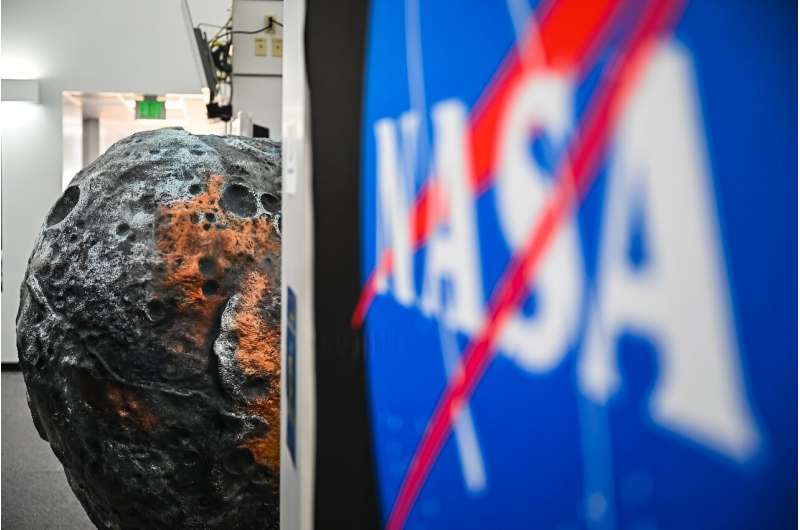
It's a world like no other: a metal-rich asteroid that could be the remnants of a small planet, or perhaps an entirely new type of celestial body unknown to science.
A NASA probe is set to blast off Friday bound for Psyche, an object 2.2 billion miles (3.5 billion kilometers) away that could offer clues about the interior of planets like Earth.
"We've visited either in person or robotically worlds made of rock, worlds made of ice and worlds made of gas.
One small step towards lunar roads, a potentially giant leap for creating infrastructure on the moon
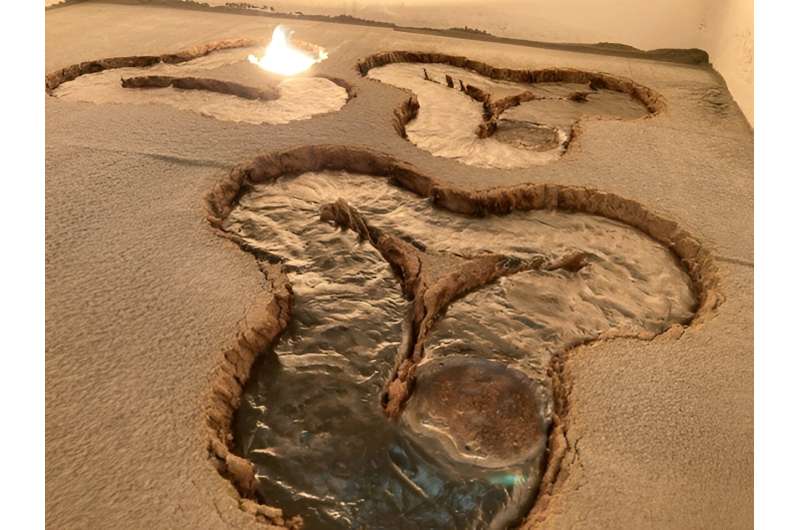
It may be possible to create paved roads and landing pads on the moon by using lasers to melt lunar soil into a more solid, layered substance, reports a proof-of-concept study in Scientific Reports. Although these experiments were carried out on Earth using a substitute for lunar dust, these findings demonstrate the viability of the technique and suggest it could be replicated on the moon. However, further work may be needed to refine the process, according to the authors.
Moon dust poses a significant challenge to lunar rovers as, due to the low levels of gravity, it tends to float around when disturbed and can damage equipment. Therefore, the infrastructure such as roads and landing pads will be essential to mitigate dust issues and facilitate transport on the moon.
UPDATE: First spacewalk for Andreas Mogensen

UPDATE: There has been a postponement of the spacewalk from its original date. Once a new date is selected, this article will be updated.
ESA astronaut Andreas Mogensen will venture outside the International Space Station to install a new camera and prepare an experiment for a future upgrade on his first spacewalk.
TIE Fighter down
 Image:
TIE Fighter down
Image:
TIE Fighter down Hera asteroid mission on show
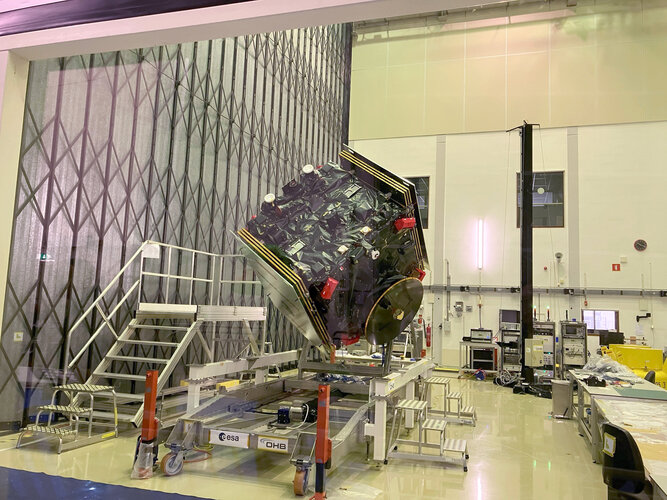 Image:
Hera asteroid mission on show
Image:
Hera asteroid mission on show How to make roads on the Moon
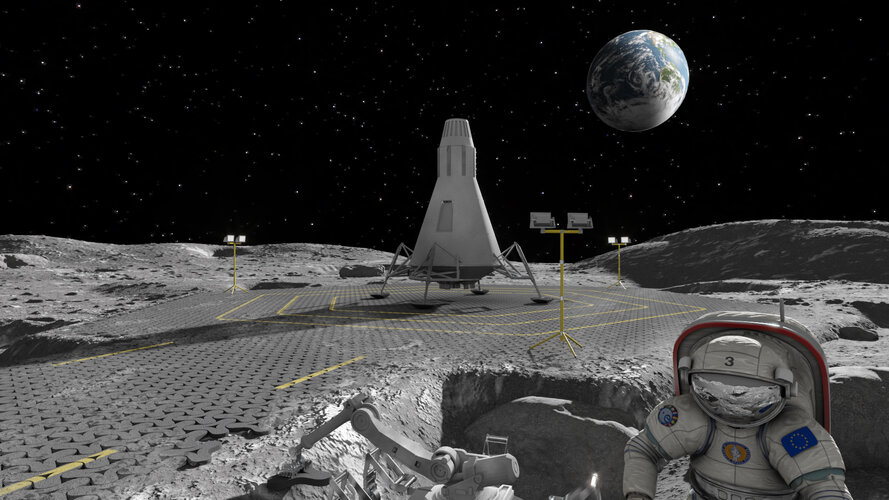
When astronauts return to the lunar surface they are probably going to be doing more driving than walking – but to keep billowing moondust at bay they are going to need roads. An ESA project reported in today’s Nature Scientific Reports tested the creation of roadworthy surfaces by melting simulated moondust with a powerful laser.
The Incredible Adventures of the Hera mission – Testing times
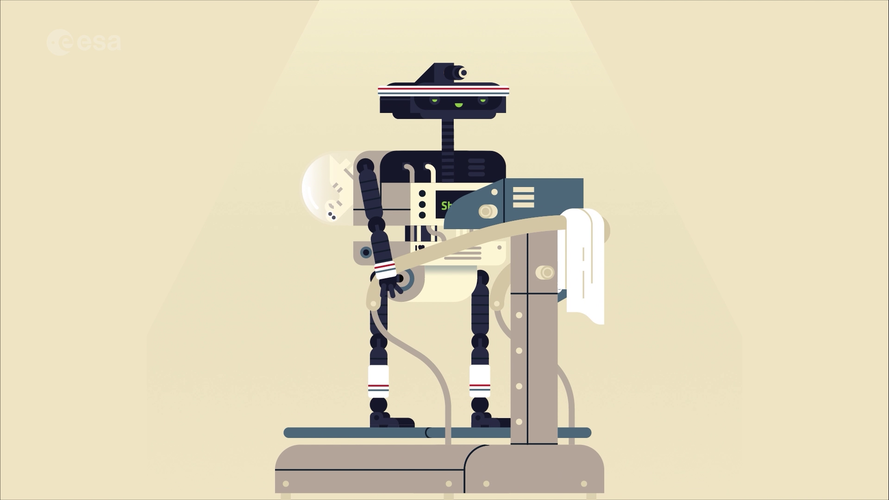 Video:
00:03:42
Video:
00:03:42
Meet Hera, our very own asteroid detective. Together with two CubeSats – Milani the rock decoder and Juventas the radar visionary – Hera is off on an adventure to explore Didymos, a double asteroid system that is typical of the thousands that pose an impact risk to planet Earth.
Do Hera and her CubeSats have the right stuff to explore space? Before launch they need to prove it, with a round of testing at the ESTEC Test Centre in the Netherlands – Europe’s largest satellite test facility. Suitable for kids and adults alike, this episode of ‘The Incredible
Space set to keep people safer during emergencies
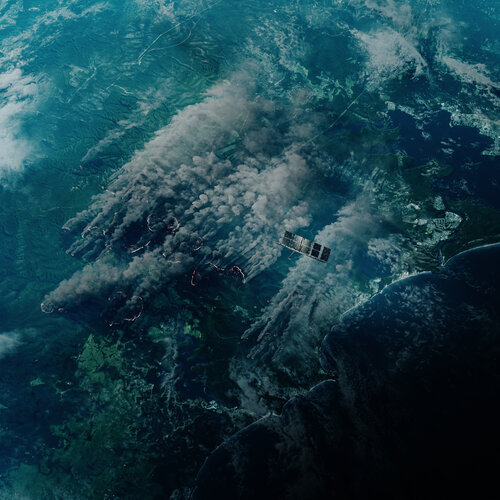
Governments and international disaster response teams have long relied on satellites to assess the impacts of disasters such as earthquakes and hurricanes. Now ESA has partnered with ICEYE, a Finnish microsatellite manufacturer, to improve early warning systems for floods and wildfires and extend their geographical coverage globally.
Bennu samples contain water, carbon and organic 'building blocks of life'
 NASA said Wednesday that Bennu asteroid samples collected by the OSIRIS-Rex mission contain water, carbon and organic molecules - the building blocks of life.
NASA Administrator Bill Nelson said it's an exciting discovery, with the initial analysis of the material showing abundant carbon.
"At nearly 5% carbon by weight, carbon being the central element of life, far exceeding our
NASA said Wednesday that Bennu asteroid samples collected by the OSIRIS-Rex mission contain water, carbon and organic molecules - the building blocks of life.
NASA Administrator Bill Nelson said it's an exciting discovery, with the initial analysis of the material showing abundant carbon.
"At nearly 5% carbon by weight, carbon being the central element of life, far exceeding our Keysight to Provide Payload Testing Solution for First SWISSto12 HummingSat Mission
 Keysight Technologies, Inc. (NYSE: KEYS) announces that SWISSto12, one of Europe's fastest growing satellite and radio frequency (RF) payload manufacturers, has selected the Keysight Payload Test System (PTS) to validate the RF payloads of its first HummingSat geostationary satellite, Intelsat 45. The HummingSat is a small, innovative telecommunications satellite developed in collaboration with
Keysight Technologies, Inc. (NYSE: KEYS) announces that SWISSto12, one of Europe's fastest growing satellite and radio frequency (RF) payload manufacturers, has selected the Keysight Payload Test System (PTS) to validate the RF payloads of its first HummingSat geostationary satellite, Intelsat 45. The HummingSat is a small, innovative telecommunications satellite developed in collaboration with 
